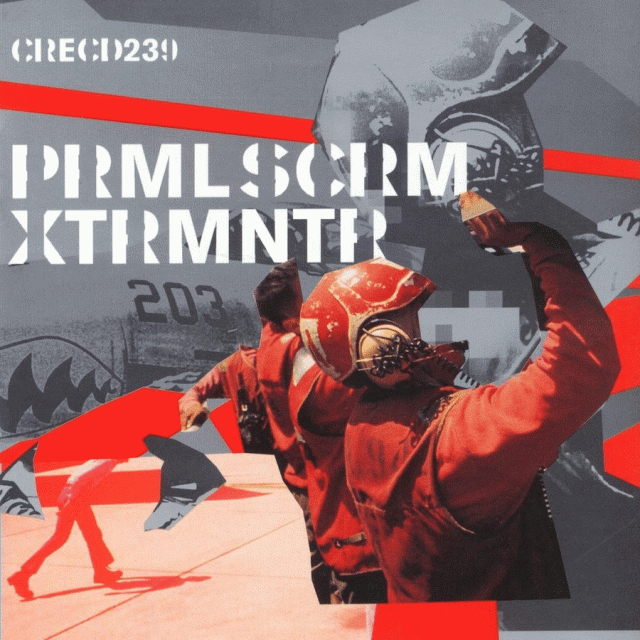Two decades ago, new albums from Primal Scream, Michael Penn, Robert Palmer, Kittie and others were spinning away in my portable CD player. Here’s what I had to say about them back then (with some minor editing):
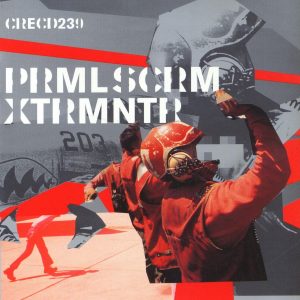 Primal Scream
Primal Scream
XTRMNTR
For years now, the only thing most Primal Scream albums have in common is that they have almost nothing in common. Let’s review: Their first release, 1987’s Sonic Flower Groove, was a jangly, pop affair. Their second, a self-titled 1989 album, went in for the hard-rocking sound of The Stooges and MC5. They followed that up with 1991’s Screamadelia, their first major-label offering, which featured a then-innovative blend of dance and indie-pop. So far so good. But then, on 1994’s Give Up But Don’t Give Out, they threw everybody for a loop, ditching their style wholesale and taking up the retro-rock banner, exemplified by the Stonesy hit single Rocks — perhaps the best Keith Richards riff he never wrote. Finally, in 1997 they flip-flopped again, returning to the world of electronic dance-rock with the dark and trippy comeback album Vanishing Point, an ambitious work that redeemed their status as critics’ darlings. (Got all that?)
Which brings us to their sixth original studio disc, XTRMNTR — and yes, it’s something new once again. Only this time, nobody gets left out in the cold. It’s taken them 15 years but, finally, Primal Scream have got their act together. Whatever incarnation of Scream you might have liked — popsters, punkers, rockers, ravers — you’ll find them somewhere on XTRMNTR, a sprawling, snarling monster of a disc that plops all their musical personalities and styles into the Cuisinart and hits puree.
As you’d expect, what you end up with is dark, sludgy and pungently nasty. Picking up where Vanishing Point left off, opening track Kill All Hippies — which gets my vote for Coolest Song Title Of The Year — kicks things off with greasy, funky electronica. Accelerator is a blast of noisy garage-punk excess and glory. Exterminator (apparently, the lads are in touch with their anger this time out) boasts a rubbery groove and a buzzing, loping beat a la Happy Mondays or Black Grape. Swastika Eyes can only be described as Iggy Meets The Chemical Brothers. And so on, through 10 different tunes of chillout techno, authentically sinister hip-hop and even bruising, hard-edged jazz-funk that chases the voodoo down like the Jesus Lizard covering Miles Davis circa ’75. Unsurprisingly for a work this varied in taste, tone and texture, there were several producers behind the boards, including My Bloody Valentine’s Kevin Shields and The Chemical Brothers, each of whom puts an individualist stamp on the proceedings.
So what holds it together? Plenty of negative energy, man. From the humming, buzzing amps and squealing spookhouse synths to vocalist Bobby Gillespie’s anxiety-attack, expletive-laced lyrics (in Pills, he chants the F-word more than two dozen times), XTRMNTR is a sinister, intense affair — a dystopian miasma of violence, swastikas, parasites, insects, murder and speed (in all senses of the word). Like the Frankenstein construct it is, it’s powerful, unpredictable and dangerous. With any luck, that’s something it’ll have in common with their next albums.
https://youtu.be/cafyu2_vp6I
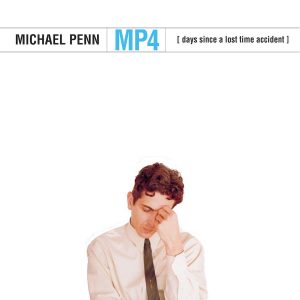 Michael Penn
Michael Penn
MP4 (Days Since A Lost Time Accident)
Here’s one for the next edition of Rock Family Trees. Singer-songwriter Michael Penn is older brother to actors Chris and Sean, but on his charming fourth album, he comes off as a little brother to John, Paul and George. The thoughtful, well-crafted and witty pop found on MP4 (Days Since a Lost Time Accident) is chock full of Beatlesque melodies, harmonies and chord changes. Then again, it also has touches of Springsteen’s Jersey Shore rock, perky Squeeze licks, Beach Boys doo-wop, the touching troubadourism of Elliott Smith and Shawn Mullins and even the odd Simon and Garfunkel folkism. Toss in some harmonies from vocalist Aimee Mann — Penn’s wife — and you’ve got musical roots too tangled for Alex Haley to straighten out.
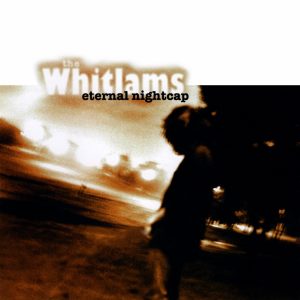 The Whitlams
The Whitlams
Eternal Nightcap
Here they’re new, but in their native Australia, alt-popsters The Whitlams have been around a decade, amassing hits and awards. Not to mention a tragic past; co-founder Steve Plunder died in 1996 after either falling or jumping from a cliff. Eternal Nightcap, the band’s third effort, was issued down under in 1998. Naturally, its introspective lyrics are preoccupied with friendship and loss. Just as predictably — like it or not, death sells — it shot to the top of the charts. But I bet it took more than morbid curiousity to prompt its North American release. That likely has to do with The Whitlams’ gentle melodies and piano-driven pop, which borrows Ben Folds’ take on Tin Pan Alley songcraft, Rufus Wainwright’s trenchant wit and Elton John’s way with a hook. It’s a combo that serves them well whether the tune is a silken ballad, a drunken Pogues-style waltz or a slice of rootsy jangle-pop not unlike Blue Rodeo.
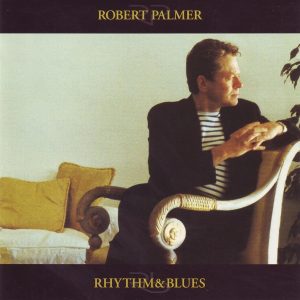 Robert Palmer
Robert Palmer
Rhythm & Blues
The title sounds promising, doesn’t it? Too bad it’s a promise blue-eyed soul man Robert Palmer doesn’t keep on the 20th album of his 26-year career. Unlike the funky, juke-joint groove you expect of a disc named Rhythm & Blues, this self-penned, self-performed, self-produced affair sees Palmer going for a slick, synthesized-soul groove, laying down layers of syrupy synths, lying back in the mix and even reworking Marvin Gaye’s Let’s Get it On. Not that there’s anything wrong with that, just as there’s no fault to be found with his delicate folky cover of Lowell George’s Twenty Million Things, the Afro-Cuban vibe of Stone Cold or the slices of reggae and Caribbean techno-pop on display here. It’s just that, aside from a few tracks that give up the funk as advertised, Rhythm & Blues is like being handed brandy when you’ve been promised bourbon.
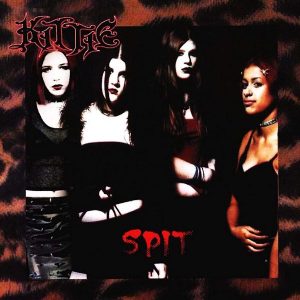 Kittie
Kittie
Spit
Meet the anti-Britneys — Morgan, Mercedes, Talena and Fallon, the Jezebels of Kittie. These four teen tarts from London, Ont., met in gym class and decided to form a band, presumably based on their shared love of crimson hair dye, leopard skin and bared midriffs. In the tradition of The Runaways and The Donnas, they probably got a record deal before they hit the showers. However, unlike their forebears, Kittie aren’t some leather-and-lace girlie-rock teen gang. These are the gals from the other side of home room — the loners with home-dyed hair, basement tattoos and maybe a self-inflicted scar or two. The kind of girls who write couplets like, “I look in the mirror — the whore is all I see.” On this thunderous debut, all that angst and self-loathing gets projected outward in sonic flamethrowers of black metal, punk thrash and post-grunge that kick so much ass they would make Courtney Love blush even as she beams with pride.
 The Unband
The Unband
Retarder
That’s “un” as in unrefined, unsavoury — and undeniably great. Introducing The Unband, a threesome so delightfully dumb, so gloriously sexist, so gleefully crude that they make Buckcherry look like Sarah McLachlan. Their music is the bastard child of a menage a trois between Motorhead’s supersonic wallop, Fu Manchu’s brain-frying stoner rock and Urge Overkill’s ’70s rock. Their singer’s sandpaper howl definitely marks him as some kind of mutant offspring of Lemmy, Phil Lynott and David Lee Roth. And the songs — well, titles like Too Much is Never Enough, Rock Hard and Drink and Rock pretty much speak for themselves, don’t they? The only thing left to do is wait for The Unband to yell “Guitar!” before the solos — and they do. Unsane.
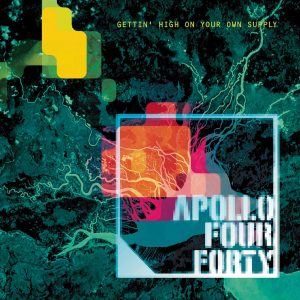 Apollo Four Forty
Apollo Four Forty
Gettin’ High On Your Own Supply
I fell under the spell of this British rocktronica outfit a few years back, when they sampled a classic Van Halen riff, grafted it onto a Big Beat backdrop and called it Ain’t Talkin’ ‘Bout Dub. Their third album, Gettin’ High on Your Own Supply, dishes up another helping of the same magical, musical mish-mash. @440’s secret? They’ve got an electric guitar and they’re not afraid to use it to give their tracks an extra oomph that purely sample-based outfits lack. So Stop the Rock kicks like Fatboy Slim on speed, bursting out of the blocks with a Chuck Berry lick that slowly gives way to a Beach Boys surf-stomp. Other tracks ape riffs from The Who, Slash and Led Zep, setting them against everything from orchestral Disney reggae-pop and ’60s go-go to John Williams (for real — they cover the Lost in Space movie theme!). “Are we a rock band or what?” asks the opening track. No doubt about it.
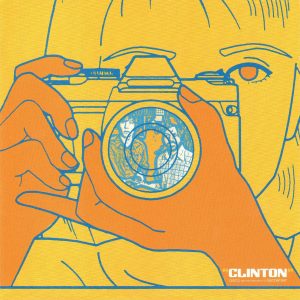 Clinton
Clinton
Disco and the Halfway to Discontent
“There’s gonna be people power in the disco hour,” sings Tjinder Singh, succinctly summing up the politics of dancing as practised by his Anglo-Indian electro-pop outfit Cornershop. It’s the same philosophy championed by Clinton, the new combo featuring Singh and Ben Ayres. That stance isn’t all that’s familiar — Clinton’s sound is a mesh of funk, reggae, hip-hop, rock, country and just about anything else that comes to mind, pretty much just like Cornershop. What’s different is that there’s less of the Bollywood sitar-rock of, say, Brimful of Asha. Instead, Singh and Ayres opt for disco grooves not far from the tacky world of Beck’s Midnite Vultures, pecked out on cheap synthesizers, simple samplers and repetitively robotic beat boxes. Unfortunately, the key word there is repetitive — most of these songs plink and plunk on long after they’ve run out of things to say. Sometimes, sadly, Disco takes you all the way to discontent.
 Air
Air
Virgin Suicides
Italian-American Sofia Coppola’s first film as an actress was her much-reviled role in Godfather 3. Now, her debut as a director is a tragic tale of five suicidal sisters set in the ’70s. So naturally, she enlisted ’90s French disco duo Air to do the soundtrack. Actually, it’s not as ill-conceived as it seems. Air’s trademark sound — a cross between ethereal, downbeat electronica and throbbing, disco-based techno — paints a decent portrait of the decadent decade. And let’s face it, their work has always had a cinematic quality. Here, they take it wide-screen, fleshing out their sound with glam-rock drum flourishes, lazy Pink Floyd acid-rock and even sinister, oscillating synth-prog that could have come straight from a Goblin soundtrack to a Dario Argento splatterfest. If she directs as well as she picks musical collaborators, Coppola may be better received behind the camera than she was in front of it.
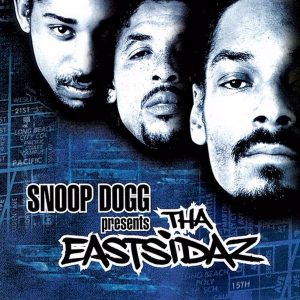 Tha Eastsidaz
Tha Eastsidaz
Snoop Dogg Presents
He may be a Dogg, but he’s no dummy. Eastsidaz are the first band on Snoop Dogg’s new label, so rather than let the duo — Tray Deee and Goldie Loc — go it alone, Snoop wisely horns his way in and takes over as alpha wolf, thereby ensuring more ink and more sales. Good thing he did — without him, this disc would have little bark and no bite. Tray and Goldie are your basic hip-hop yin-yang — one has a blustery, Busta Rhymes yelp, the other a silky, soulful croon. They seem to prefer smoother, flowing old-school vibes over Snoop’s pumping G-funk — the opening track, which basically rewrites Funkadelic’s One Nation Under a Groove, is a prime example. Snoop’s narcoleptic slur saves the day whenever he shows up, but as soon as he leaves, so does your interest. Tray and Goldie are capable enough, but these young pups still can’t run with the old Dogg.
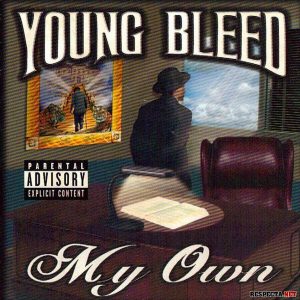 Young Bleed
Young Bleed
My Own
Just like the ghetto world it chronicles, rap is a gang culture. Like crime bosses, every successful rapper or DJ has his crew — his cast of friends, employees and supporting players hoping to ride his coattails into the big time. DMX has his Ruff Ryders; Snoop Dogg had his Dogg Pound; Master P has his No Limit Soldiers. But Baton Rouge, La., rapper Young Bleed is one of a rare breed these days — a man without a posse. His aptly named sophomore disc My Own is ample proof he needs no help: The beats are big and phat, the bass comes in huge slabs, the keyboards are sharp and sinister, the samples are innovative and his mushy, motor-mouthed style and hard-boy raps put him in the same sonic league as Master P or Juvenile. But the sad truth is, next to all the cross-promoting crews and labels out there, Bleed’s worthy offering will probably fall through the cracks. It’s like they say: One is the loneliest number.
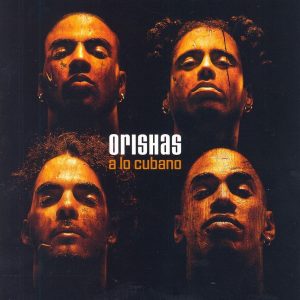 Orishas
Orishas
A Lo Cubano
Orishas are the gods of the voodoo-based Caribbean religion of Santeria. Like their namesakes, this four-man outfit knows how to weave a pretty intoxicating spell with its hybrid hip-hop/world beat sound. The formula: A foundation of equal parts Afro-Cuban rhythms and North American hip-hop grooves; plenty of textural Latin percussion, Gipsy Kings guitars and toreador horns, balanced by jeep-rocking bass lines and beatboxes; contemporary scratch-and-sample-reliant production; and flowing rap vocals. The effect is not unlike a quieter version of Molotov’s Mexicali rap-metal, or perhaps Cypress Hill jamming with the Buena Vista Social Club. Sure, it’s voodoo — but they do it so well.
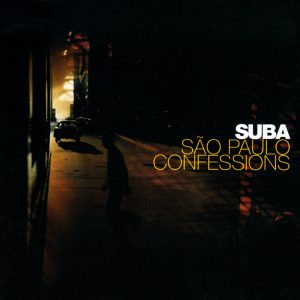 Suba
Suba
Sao Paulo Confessions
As a classically trained Yugoslavian composer who scored ballet and theatre in South America, one-named musician Suba obviously learned a thing or two about clashing cultures. He draws on that knowledge on the intriguing Sao Paulo Confessions, a work that straddles the fence between his old-world upbringing and his new-world experience, drawing on the music of yesterday and today to create a sound for tomorrow. With an electronica framework and a tropicalia aesthetic as his starting points, Suba incorporates a multi-culti pallet of sounds — traditional Brazilian instruments, delicate piano raindrops, buzzing samples, skittering beatboxes, sultry vocals — to fashion sweeping, cinematic compositions that recreate the melting-pot world of his adopted hometown with all benign playfulness and smirking musicality of a restrained Esquivel. The perfect album to spin in your space-age bachelor pad after the cocktail hour and before the late-night chillout.
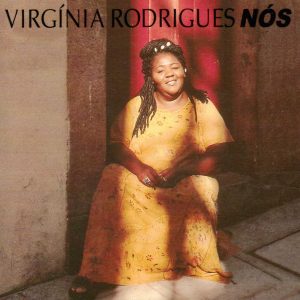 Virginia Rodrigues
Virginia Rodrigues
Nos
A domestic servant and manicurist from northern Brazil, Virginia Rodrigues was discovered by world music superstar singer Caetano Veloso in 1997. Under his direction, she debuted her angelic, richly textured voice on 1998’s Sol Negro, a set of classic Brazilian songs. For this followup, the 35-year-old stays just as true to her roots, tackling the music heard during the annual Carnival. But don’t expect frenetic drumming, horny horns and high-stepping grooves; Rodrigues takes a more gentle approach, reinterpreting the festive melodies in a chamber-samba setting of plucked acoustic guitars, pitter-patter percussion and soothing, orchestral manoeuvres. It’s the most restrained party you’ll attend — but also the most elegantly beautiful.
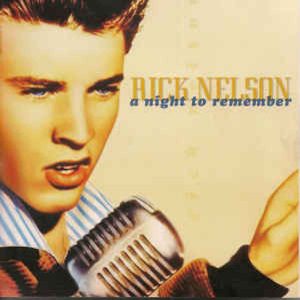 Rick Nelson
Rick Nelson
A Night To Remember
Don’t let the baby-faced, late-’50s cover pic of little Ricky fool ya: This live album was recorded in 1985, mere months before Rick Nelson died in a fiery plane crash. Don’t let the title fool ya either: If this is one of his more memorable gigs, I’d hate to hear the lesser ones. This L.A. show has all the slick professionalism and impersonal sterility of a shlocky Vegas revue, from the opening medley of Stood Up/Waitin’ in School to the hits-packed set list (Garden Party, Hello Mary Lou, Travelin’ Man) and the closer Lonesome Town. The five enhanced-CD video tracks come off better than the audio-only versions, but even so, I bet that Rick — who barely utters a word between songs — forgot this show five minutes after he hit the dressing room. You might wanna forget about it, too.
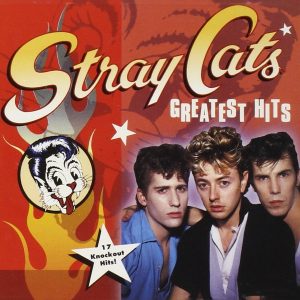 Stray Cats
Stray Cats
Greatest Hits
Before Brian Setzer was the king of swing, he was a rockabilly rebel: Singer, songwriter and guitarist for DA-sporting New York traditionalists Stray Cats. Their moment in the spotlight was brief — the Yanks didn’t pick up on them until years after the Brits, by which time the boys had already peaked musically. But like most shooting stars, they burned brightly. These 17 crisply remastered tracks are the irrefutable proof: More than half — hits such as Rock This Town, Stray Cat Strut, Runaway Boys and Sexy + 17 — were penned between 1981 – ’84. Also included are cool, overlooked late-period gems (notably a cover of Gene Vincent’s Race With The Devil) and three tunes from a gig taped in their hometown in their heyday. Rev it up and go, man.
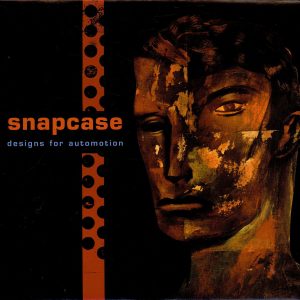 Snapcase
Snapcase
Designs For Automotion
Teen bubble-pop, Latin love dolls, rap-metal twinkies — let’s face it, gthelate ’90s musical fads left something to be desired. But there’s one emerging trend I would welcome with open arms: Smart metal. Unlike the low-IQ thrash-and-bash of countless leather-and-stud bands of old, contemporary outfits like Dillinger Escape Plan are raising the heavy-metal bar with perceptive lyrics and impressive musicianship. Which brings us to Buffalo’s Snapcase, another practitioner of the form. Their brawny sound is a relentless charge that incorporates the syncopated thrash of speed metal, the stop-start aggression of hardcore punk and the squealing cacophony of noise rock. And they’ve got the brains to match, with lyrics that sound the alarm about our consumerist culture and urge you to break free from your corporate drone lives and “personalize your existence.” It’s a long way from “shake your bon-bon, baby.”
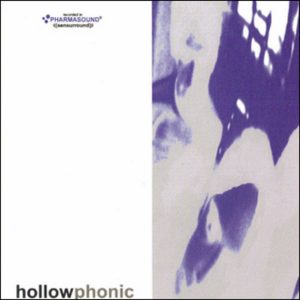 Hollowphonic
Hollowphonic
Phonic 50 mg
Apparently, there’s some sort of bylaw in the Toronto area that says all spacy indie-rock bands have to end their names in “ic.” First, Tristan Psionic; then SIANspheric; now there’s Hollowphonic, who were known as Hollow before the indie-rock cops pulled them over. Obviously, the man didn’t toss the boys’ ride; if they had, I wager they would have found a trunkful of whatever it is these guys are taking to help them create the intoxicating, sedative sounds found on their pharmaceutically titled new disc. Humming and churning with the same intergalactic swoop and volcanic starcrunch of My Bloody Valentine and Spiritualized, Phonic 50‘s sluggish, proggish drums, subconscious vocals and mind-altering atmospheric layers of reverb, echo and noise take you on a one-way journey to the centre of your mind. Call them Hallucinogenic — if that name isn’t already taken.















